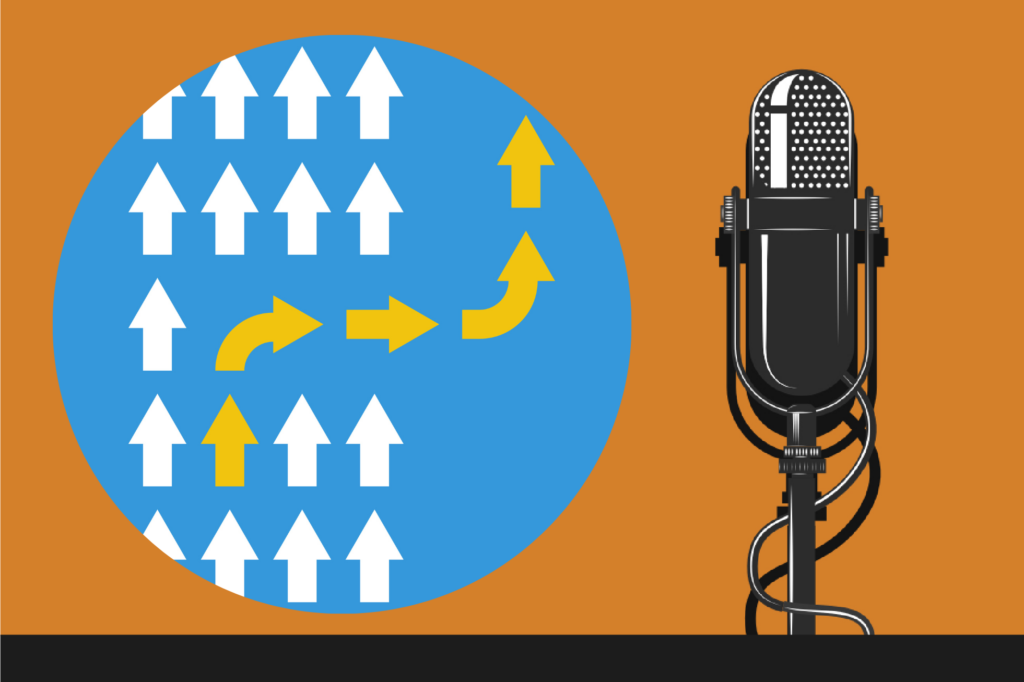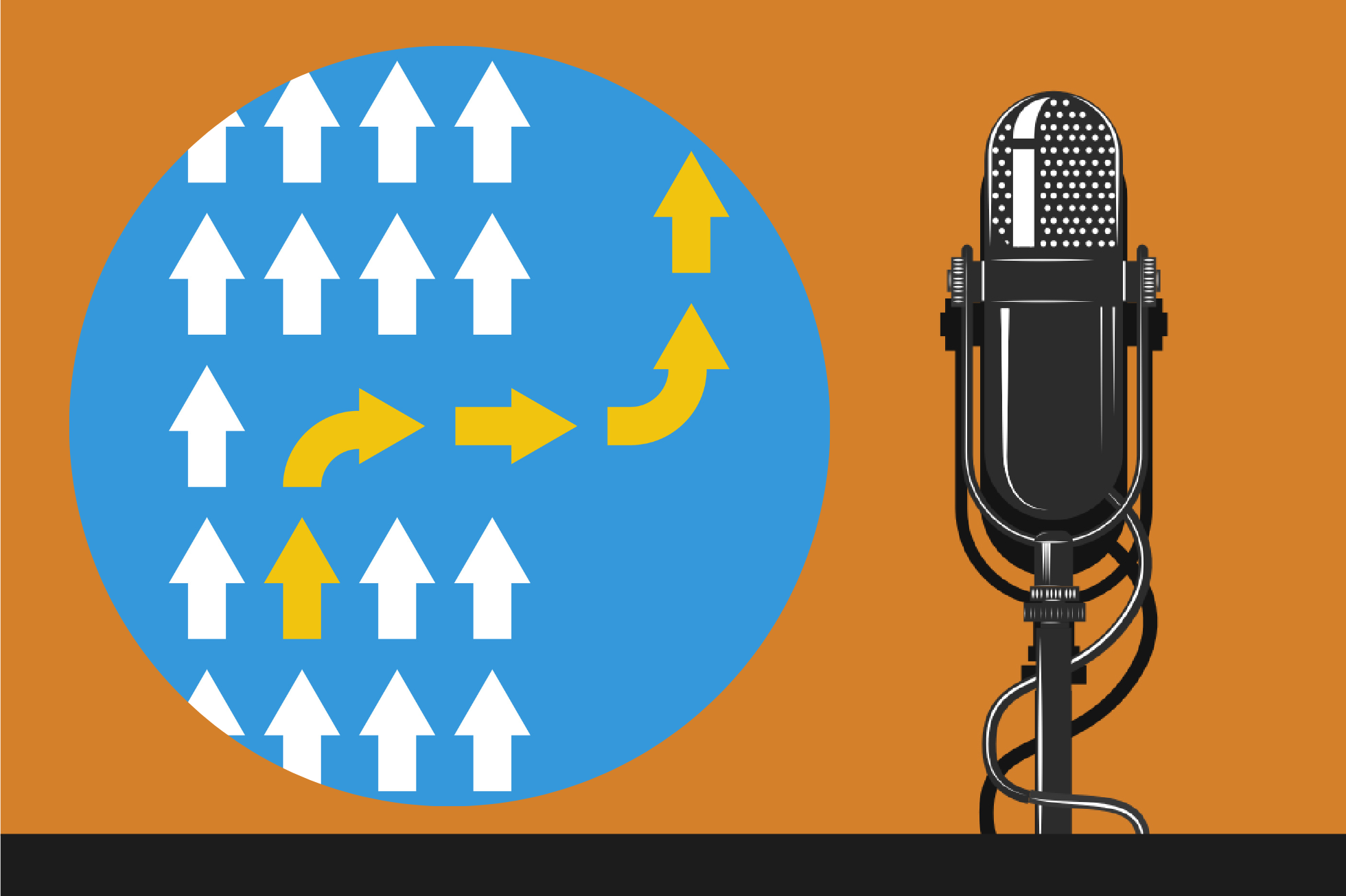In today’s digital era, branded podcasts have emerged as a powerful tool for companies to connect with their audience in a more intimate and engaging way. Whether you’re looking to increase brand awareness, establish thought leadership, or deepen customer relationships, a well-crafted podcast can be an invaluable asset. However, creating a podcast that resonates with your audience and meets your marketing objectives requires a strategic approach. In our latest blog post, “How to Write a Compelling Branded Podcast Proposal,” we delve into the essential steps for developing a successful podcast strategy. From defining clear objectives and target audience to crafting a content strategy, promotional tactics, and measuring success, this guide provides a comprehensive roadmap for anyone looking to make their mark in the world of branded podcasts. Join us as we explore the key elements of a compelling podcast proposal that aligns with your brand’s values and captivates your listeners.

Define the Podcast’s Objectives and Target Audience
- Objective: Start by clearly stating the goals of the podcast. Are you aiming to increase brand awareness, educate the audience, or generate leads?
- Example: “This podcast aims to elevate our brand’s visibility among young entrepreneurs.”
- Target Audience: Describe the intended listeners. Understanding the audience helps in tailoring the content.
- Example: “Our primary listeners are tech-savvy professionals aged 25-40.”
Content Strategy and Theme
- Theme: Propose a central theme that aligns with the brand’s values and resonates with the target audience.
- Example: “Our theme, ‘Innovators of Tomorrow,’ aligns with our brand ethos of forward-thinking.”
- Episode Ideas: List potential episode topics or guest types.
- Example: “Episodes will feature interviews with industry leaders in the tech space.”
Promotional Strategies
- Cross-Promotion: Describe how you’ll leverage existing marketing channels to promote the podcast.
- Example: “We’ll integrate podcast promotions into our monthly newsletter and social media.”
- Partnerships: Mention potential partnerships with influencers or other brands for wider reach.
- Example: “Collaborate with tech influencers for guest appearances and shoutouts.”
Distribution Plan
- Platforms: Specify which podcast platforms you’ll use for distribution (e.g., Spotify, Apple Podcasts).
- Example: “The podcast will be available on Spotify, Apple Podcasts, and our website.”
- Release Schedule: Suggest a sustainable release frequency that keeps the audience engaged.
- Example: “A bi-weekly release schedule to maintain a steady stream of content.”
Budget and Cost Analysis
- Production Costs: Break down the costs for recording, editing, and producing each episode.
- Example: “Estimated production cost per episode: $500, including editing and sound engineering.”
- Marketing Expenses: Include costs for promotional activities.
- Example: “Allocating $1000 monthly for social media ads and influencer partnerships.”
Measurement of Success
- KPIs: Define key performance indicators to measure the podcast’s success, like download numbers, listener engagement, and conversion rates.
- Example: “Targeting 10,000 downloads per episode within the first three months.”
ROI Expectations
- Brand Impact: Explain how the podcast will positively impact the brand, such as increased awareness and customer loyalty.
- Example: “The podcast will strengthen our brand presence among key demographics, leading to higher engagement rates.”
Case Studies or Examples
- Success Stories: Reference successful branded podcasts and their impact.
- Example: “Similar to ‘The Business of Hype’ by Hyperbeats, our podcast can become a key platform for industry insights.”

Wrap-up
Conclude by reiterating the value proposition of the podcast and your unique qualifications as a producer. Emphasize the long-term benefits and potential growth opportunities that the podcast can bring to the brand.

Co-Founder and Business Lead

